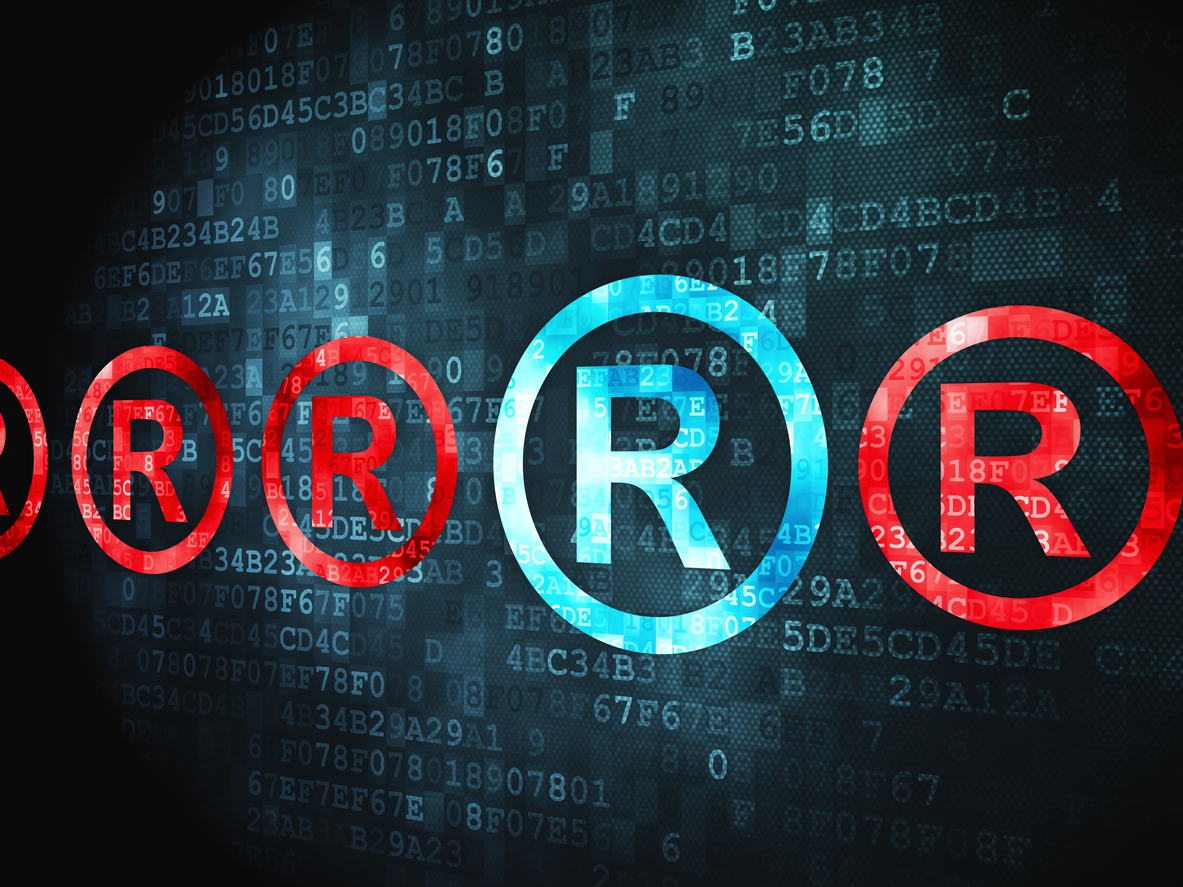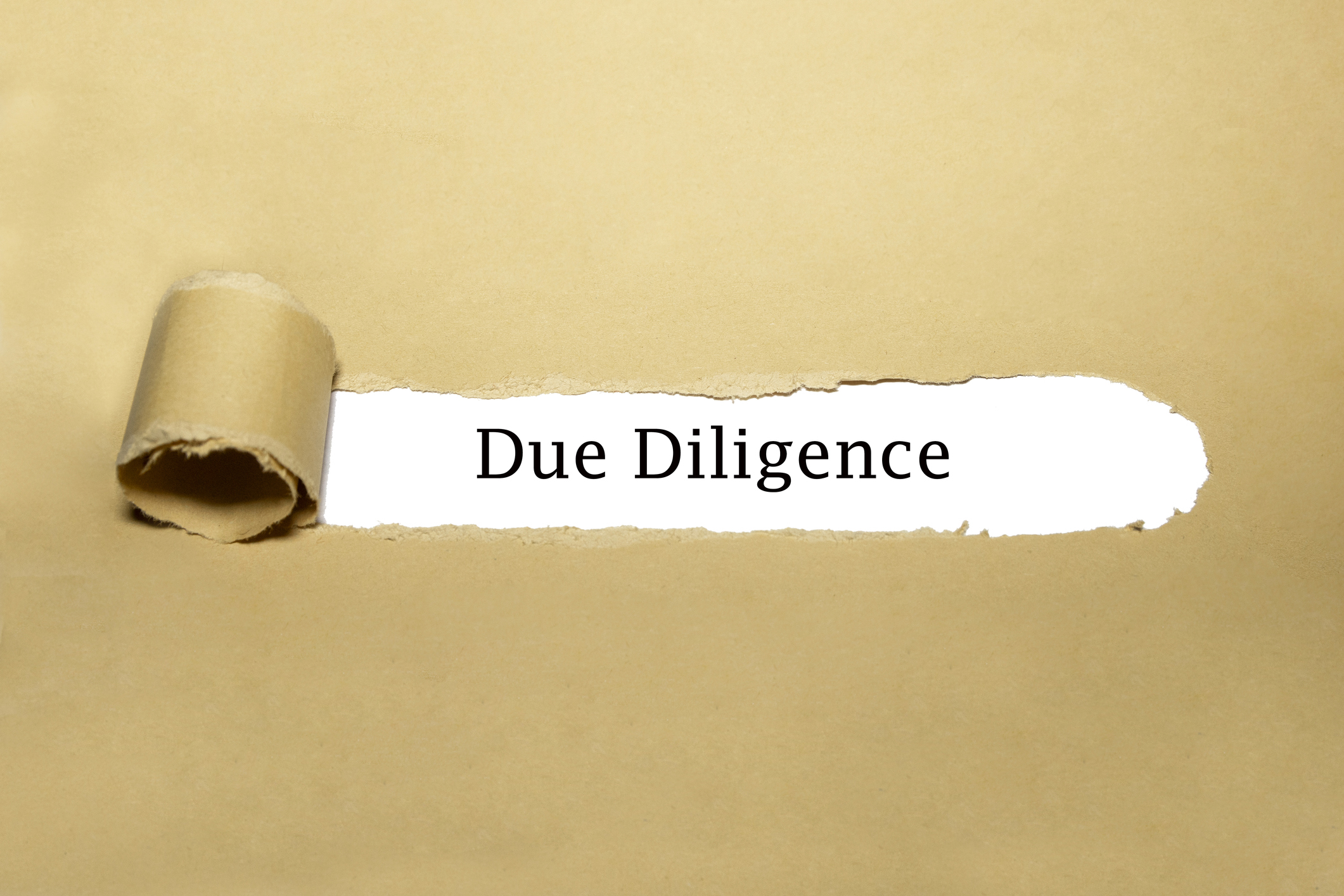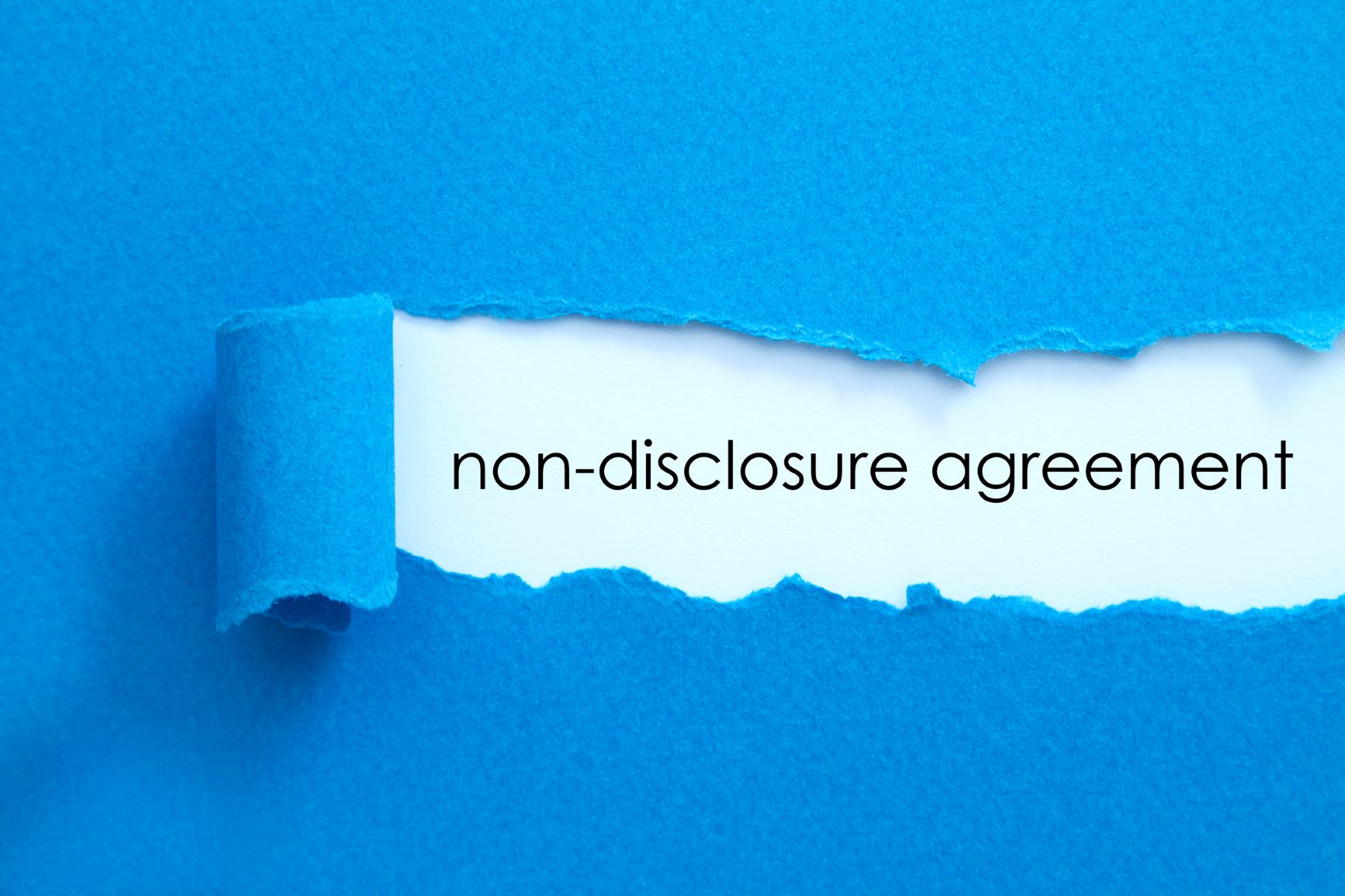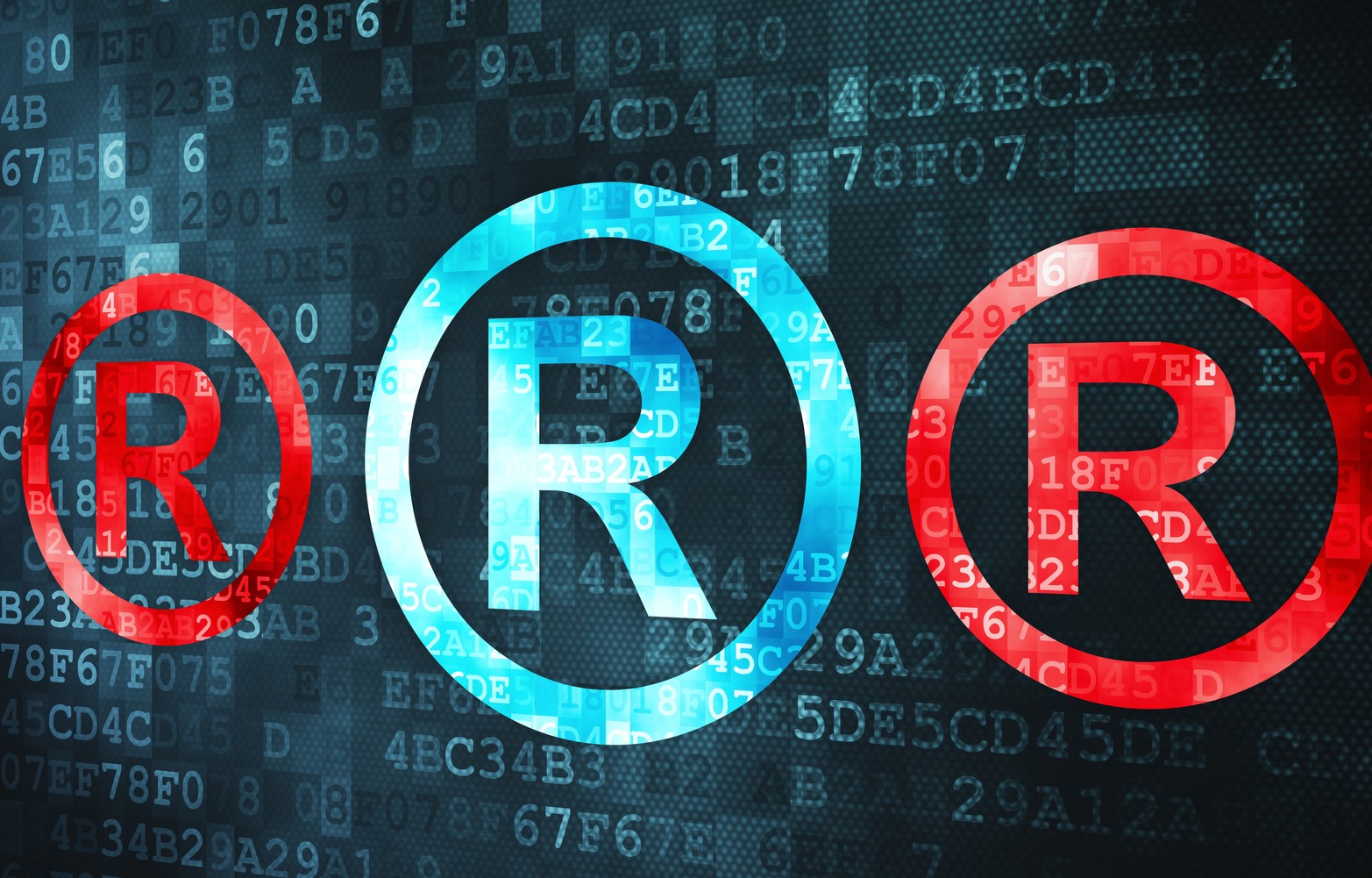
‘Cash Free, Debt Free’ in M&A Transactions – Common Misunderstandings
Date: 08/08/2024 | Corporate
One term that comes up frequently in the acquisition/sale process in the context of a share sale is that the price has been agreed on a ‘cash free, debt free’ basis.
Whilst the parties may have agreed a particular figure, that figure can actually be misleading if the buyer and the seller interpret ‘cash free, debt free’ to mean different things. Differing interpretations of this term can often lead to all sorts of confusion as to the price that the seller will actually receive – and that can lead to tension between the buyer and the seller.
In this post, I have set out some key points on the ‘cash free, debt free’ mechanism which should hopefully help you to avoid some common areas of misunderstanding:
1. What does ‘free’ mean?
The use of the word ‘free’ can (understandably) mislead the parties into thinking that the buyer is expecting the seller to arrange for all of the target company’s debts to be paid off in full and all of its bank accounts to be emptied pre-completion. This is unlikely to be the case – the buyer is buying a trading company so will expect it to have both cash and debts when they buy it. There might be some external debt that needs to be repaid (e.g. bank loans or other interest-bearing debt) but the buyer will not usually be expecting all trading debts to be repaid.
The ‘free’ is really a reference to the headline figure (let’s call it £X) not taking into account the target company’s cash or debt position – i.e. the £X has been calculated free from those factors. As you will see from point 4 below, £X is not the price that the sellers will receive. The target company’s actual cash and debt positions as at completion will be factored into the price calculation.
2. What about working capital?
In the vast majority of cases, the ‘cash free, debt free’ mechanism also includes an adjustment based on the target company’s actual level of working capital as at completion (working capital being the amount that the target company needs to finance the running of the business on a day to day basis).
If it didn’t include an adjustment for working capital, then a seller could potentially manipulate the target company’s cash balances (e.g. by delaying payment of liabilities which fall out with the definition of debt in the purchase agreement) to try to achieve a higher sale price.
The actual working capital will most likely be calculated as the net current assets of the target company (excluding any assets/liabilities already taken into account in the calculations of cash and debt) although there can be certain other amendments depending on the deal specifics.
In short, although the term is ‘cash free, debt free’ you shouldn’t forget about the working capital adjustment – this in addition to the cash and debt adjustments mentioned above.
3. Minimum levels of cash and working capital
The buyer will require the target company to have minimum levels of cash and working capital when it completes the purchase so that it can continue to operate without any immediate concerns about cash flow or need for financing.
Although these minimum levels will directly impact on the price that the seller receives, they are often not discussed until reasonably far into the process (i.e. once the buyer has made significant progress with its financial due diligence) and it can be a source of great frustration to both sides if there is a significant difference between their expectations as to appropriate minimum levels. The earlier the parties can have that discussion the better.
4. The price paid is not going to be £X
The headline figure of £X is likely to be what is known as the ‘enterprise value’. The enterprise value of a target company is the buyer’s calculation of the actual underlying value of that company and is often calculated as a multiple of some form of earnings measurement (often its earnings before interest, taxes, depreciation and amortisation – known as ‘EBITDA’).
The enterprise value is only the starting point in the price calculation as it ignores the manner in which that company has been financed. Given the impact that the method of funding can have (e.g. bank debt needs to be repaid in the future so is a liability whereas cash reserves are an asset), the enterprise value needs to be adjusted to factor in the actual value of the target company’s balance sheet as at completion. Once the enterprise value has been adjusted, you are left with what is known as the ‘equity value’ – and this is the sum that is actually paid to the sellers.
The adjustment is calculated in accordance with this formula:
Equity value = enterprise value + cash – debt +/- working capital excess/shortfall
Whether the equity value will be higher or lower than the enterprise value depends on the net effect of the various adjustments (i.e. whether they end up as an overall positive or negative).
I sometimes recommend the parties look to agree an example calculation of what the equity value would be based on a set of existing figures (e.g. the last set of management accounts) as early as possible in the process. That calculation will help both parties to understand exactly how the mechanism will work and the resulting figure and should also flush out any areas of disagreement over how certain items are going to be treated. Preventing these issues in advance is always preferable to trying to sort them out afterwards.
5. The equity value will not be paid in full at completion
As mentioned above, the price (aka ‘equity value’) relies on the actual cash, debt and working capital positions of the target company at completion.
The process for agreeing those figures will likely involve completion accounts being prepared. I will cover completion accounts in more detail in a future post, but for present purposes the key point is that the process can often take months to complete and there can sometimes be disagreements between the buyer and seller – e.g. the correct treatment of certain assets / liabilities, the policies that should be applied etc.
Given this time delay to having final figures, the buyer will normally only pay part of the price at completion and then a balancing payment will be made once those figures are known and agreed. There is no correct percentage of the price that should be paid – it comes to down to a commercial negotiation between the parties based on the deal specifics/dynamics (e.g. bargaining power, the extent to which the acquisition is being funded by the target company itself, the level of trust between the parties, previous experiences with completion accounts – amongst a host of other factors).
Whilst the buyer and seller are coming at this from different sides they each need to be realistic about what the other will accept (i.e. a seller will want to maximise the payment but a buyer will not want to overpay and then have to try to claw back payment). One way of potentially closing this gap is to provide for a reasonable estimate of the balancing payment to be paid into a joint escrow account at completion. That gives the seller comfort of knowing that those funds are there whilst also protecting the buyer against overpaying at completion. We will cover escrow accounts in more detail in a future post as well.
The above is a very high-level explanation of some common areas of misunderstandings that can crop up when the price is agreed on a ‘cash free, debt free’ basis. There are a whole host of other points to consider but hopefully the above will help you to avoid some key points of confusion.

























































































